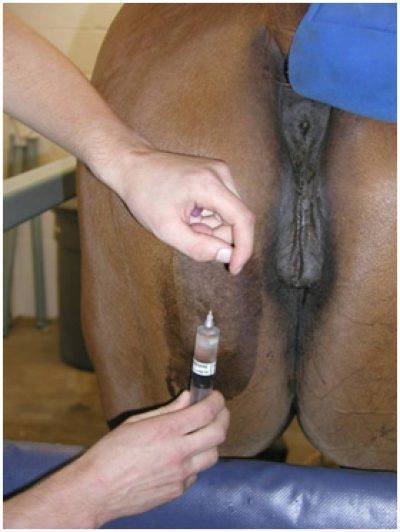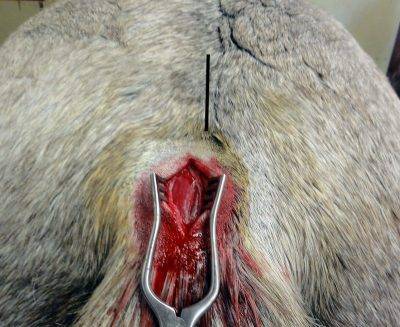Equine Neuromuscular Diagnostic Laboratory
Welcome to the Valberg Neuromuscular Diagnostic Laboratory (NMDL). The NMDL is dedicated to providing the most accurate diagnosis and optimal treatment of muscle disorders in horses.
Stephanie Valberg, D.V.M., Ph.D., Dipl. ACVIM, ACVSMR
Dr. Stephanie Valberg is an international leader in diagnosing and treating equine neuromuscular disorders. The overarching goal of Valberg’s research and clinical work is to define the basis for neuromuscular disorders in horses, develop accurate, minimally invasive diagnostic tests, and produce optimal methods for preventing or managing performance limiting diseases.
Note: We do not perform genetic testing. Please submit to the Veterinary Genetics Lab at UC Davis.
Information on this site is intended for information purposes for veterinarians to guide in the diagnostic workup of muscle diseases. Owner-diagnosis and owner-treatment of horses is not recommended and may indeed be dangerous. Owners must consult their veterinarian before implementing any of the treatment recommendations described.
About the Valberg Neuromuscular Diagnostic Laboratory
The NMDL is dedicated to providing the most accurate diagnosis and optimal treatment of muscle disorders in horses.

